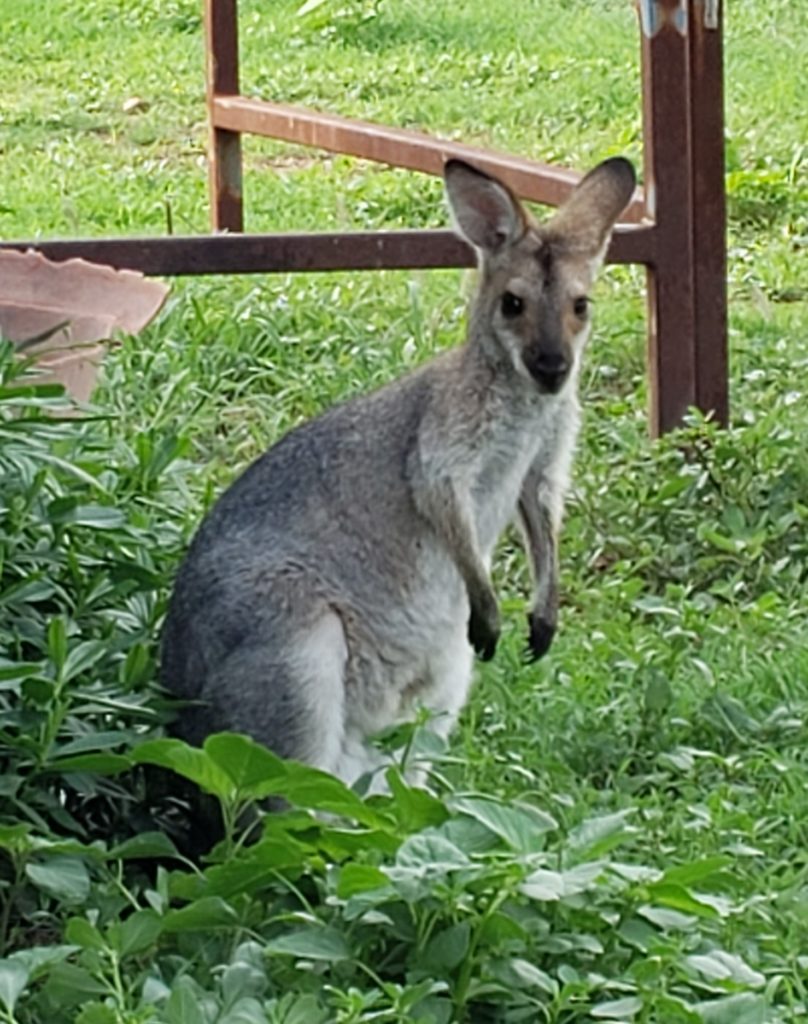
A big part of the history in this town involved dairy. Across the street from the house at Mill Road was a factory that used to produce butter and it seems various ones of the friends had worked there in the past. There were also train tracks that ran next to the building so as to be able to make scheduled stops for pickups and drop offs before moving on to the next town and the next stop. At one point this line ran from Maryborough on the coast right through to Monto and beyond right up to Gladstone. It was partly for this reason that the route from Monto to Gayndah via Mundubbera became known as ‘The Milk Run’.
Travelling this circuit involved giving the morning talk in Monto, then driving down to a second hall to give the talk again, and then finally giving it a third time at yet another hall. A lot of the time it seemed that when we would have a visiting speaker, back in the days when speakers would physically drive to the hall, they often had two more talks to give after ours as part of this scheduled run.
And so it was that on February 9th, 2020 I undertook this much talked about assignment.
The talk in Monto went fine with the theme being “Living to Do God’s Will, Not our Own”. I had given this outline several times before, so it was one I was very comfortable with. We stayed for the local Watchtower study and then the Condoleons took me back to their house for a quick bite of lunch before leaving for the next town.
Mundubbera was an hour and fifteen minutes away and the plan was to stay with Peter’s sister so that we wouldn’t have to pay for lodging. As has been stated many times, it’s generally preferred not to be driving at night if possible, for reasons that became obvious later that day.
We arrived at the Kingdom Hall and went in. It was a very old group of people with almost no young faces to be seen. This was unfortunately the case with many small halls around here. Though the people on hand had no doubt steadfastly endured through the years while gaining wisdom, it was sometimes a challenge for older ones who had done things a certain way for many decades to embrace newer ways of teaching and delivering parts and thus successfully engage younger listeners. This is a challenge faced in many places around the world, not just here, because so much has changed so quickly. Exchanging youth for age and wisdom is a necessary trade off, but it sometimes comes at the expense of relatability or even excitement. In addition, there’s a real concern here for the younger ones who tend to often drift away from the Truth in their teens because they don’t perhaps have the right association or fail to connect with the things they learn. It’s a worry out here. A hall certainly lacks life without a mix of ages, as many older congregations are sadly aware.
After meeting we went back to the farm where we would be staying the night so that we could drop off our things. We turned into a very long, dirt driveway with a large fenced area running parallel on our right. I had been told that Peter’s Brother-in-law bred horses, and soon we started to see them lining our path on either side. They were huge, majestic animals called Percherons, a muscular breed of draft horse originally imported from France, and very well suited to work. These weren’t doing much at the moment, but it was said that they were sometimes used to pull an old time hearse for local funerals as well as for any labor that might be needed around the farm. Their coats had a very interesting dappled pattern over a gray base color, though there were other colors as well. They were quite impressive creatures.
Beyond the horses was a stretch of driveway with rusty, unused farming equipment laid out along the edges. Carolyn had said something about a museum of sorts, but now I could see what she meant. All of this stuff could have filled an agricultural museum somewhere. In fact out by Longreach we had driven past such a place and it looked very similar to what we now saw.
The nicest surprise by far, however, was the wallabies. There were quite a few of them hanging around the house, even one or two with joeys. Though not tame, they were obviously used to people and so they paid us little attention. There were kangaroos around as well, but they wouldn’t come near the house.
We tend to think only of kangaroos when thinking about Australia, but there are several animals in the family to which kangaroos belong. Among these are wallabies, quokkas, wallaroos, tree kangaroos, and pademelons, to name a few. The main identifiable differences between wallabies and kangaroos are that kangaroos are much larger than wallabies and that wallabies tend to have several colors while roos are generally more monochromatic.
After dinner Peter and I drove a half hour to Gayndah, stopping along the way to get a nice sunset picture we stumbled upon. I gave my third talk to an audience that, while as small as the previous one, had more age variety. I would really have liked to have stayed and spent some time with these friends, but it was getting dark and so there wasn’t time. As mentioned before, the younger ones in the area would’ve really benefitted from more association, but because their meeting was late in the day, they hardly ever had speakers stay. Spending time with visiting speakers in order to make new friends, as well as build one another up, was something so common in Ohio that now it seemed very strange not to be able to do that. But there just wasn’t time for it. I suspected that this was perhaps common at the end of the line in Gayndah, and unfortunately this didn’t bode well for the young ones there. It’s also possible that by the time a speaker arrived, having already given two talks earlier in the day, that they may have been getting slightly fatigued by the time they arrived at 6 for the last talk. It was a shame and I actually felt really bad having to leave.
On the dark road back to the house Peter and I dodged toads and a few large cows, though we didn’t see any kangaroos. After arriving back at the farm, we found our way into the house where we were staying. It was obviously very old and looked like it had seen better days, but my room was nicely made up and cozy, and so I couldn’t complain.
Well, except for one thing.
One of the features sometimes found in older bush houses here in Queensland is that many of the windows don’t actually close. They are instead comprised of angled glass slats with no screen. I suspect this is to do with the heat and trying to keep air flowing on hot days and nights, but given the aggressive flies and mozzies here it seemed a baffling design choice.
As I set my things down, I immediately spied a species of gecko on the base of the wall under the window. This one was different than the pinkish Asian House Geckos I had seen running the walls in Monto, but as there are over 60 species I couldn’t say which this one was. (Fun Fact: the sound of a gecko was used for the Velociraptors in Jurassic Park!) I actually loved the little geckos here so his being here was fine, but it nonetheless proved my point about open windows. As if to punctuate that point, however, I then caught a flicker of motion in my periphery. My eyes darted after it and an instant later I saw a rather large cockroach zip in, and back out, and back in through the open window again, before scurrying up the wall and behind a curtain. I thought it worryingly likely that this insalubrious vermin had unsavory friends nearby and out of sight and so I began weighing my sleeping options.
My immediate thought was to enfold myself in a sheet like a human burrito. This was fine in theory, but in practice it was much too hot that night not to have a fan blowing directly onto bare skin. So there was a choice to be made: stay under cover and sweat to death or lay on top of the sheets and run the risk of feeling something, or several things, skittering across bare skin in darkness. In the end it was just too hot not to have moving air, so I resolutely pulled back the sheet, closed my eyes, and hoped my mouth would stay closed that night. I also silently hoped that the my gecko friend was very hungry and would consume any intruders.
Fortunately the night passed without incident.
However the next morning presented a new challenge altogether. This was to be my first encounter with the types of fat, persistent flies that would later be found at Longreach. We sat at an outside table and tried to eat eggs and toast while crazed, buzzing flies tried desperately to either land on forkfuls of food or, liked crazed zealots, escort the food right into our mouths. I had seen these creatures mercilessly buzzing around the eyes of resigned horses, but had never personally been the target of such frenzied attacks. The so called ‘Aussie salute’ was the preferred method of dealing with these foes and involved eating with one’s dominant hand while keeping the other in constant motion around one’s plate and face while trying not to get too aggressive and accidentally stab one’s self.
Afterwards we packed our things back into the car and bade our hosts goodbye. On the drive out we saw several kangaroos in the paddock, and even ended up more or less racing one to the end of the long driveway before it easily cleared a high fence with a single leap and disappeared from view. Thankfully I was on the right side of the wagon to actually get video of it.
Three talks in one day was an interesting experience, but I probably wouldn’t prefer to do it again. As things turned out the Coronvirus restrictions kicked in a month later anyways and after that no one made physical trips to halls anymore anyways. Speaking of which, we’ll briefly follow this point up in the next post to examine the changes that have come in the wake of the virus in so far as meetings and Christian gatherings have been concerned.
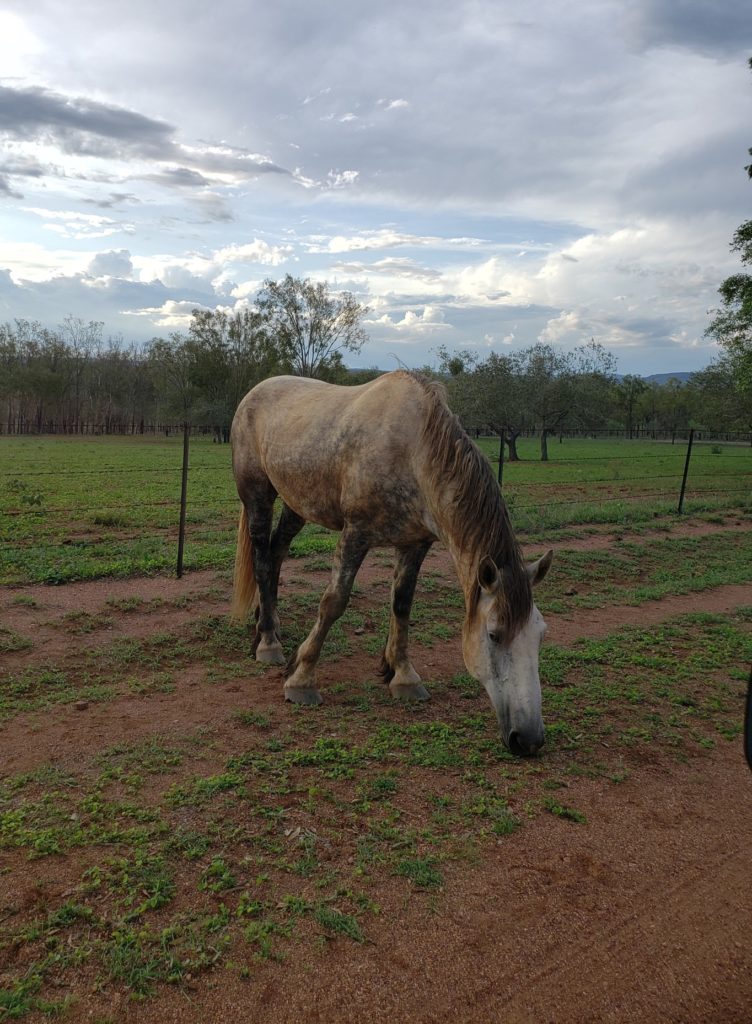
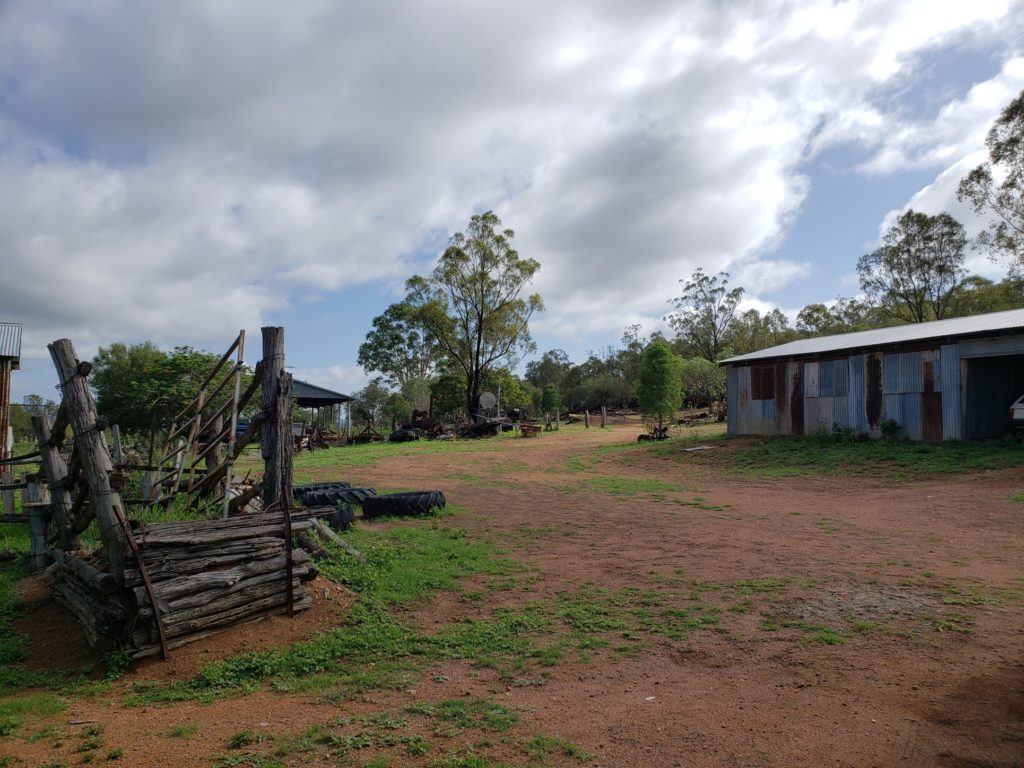
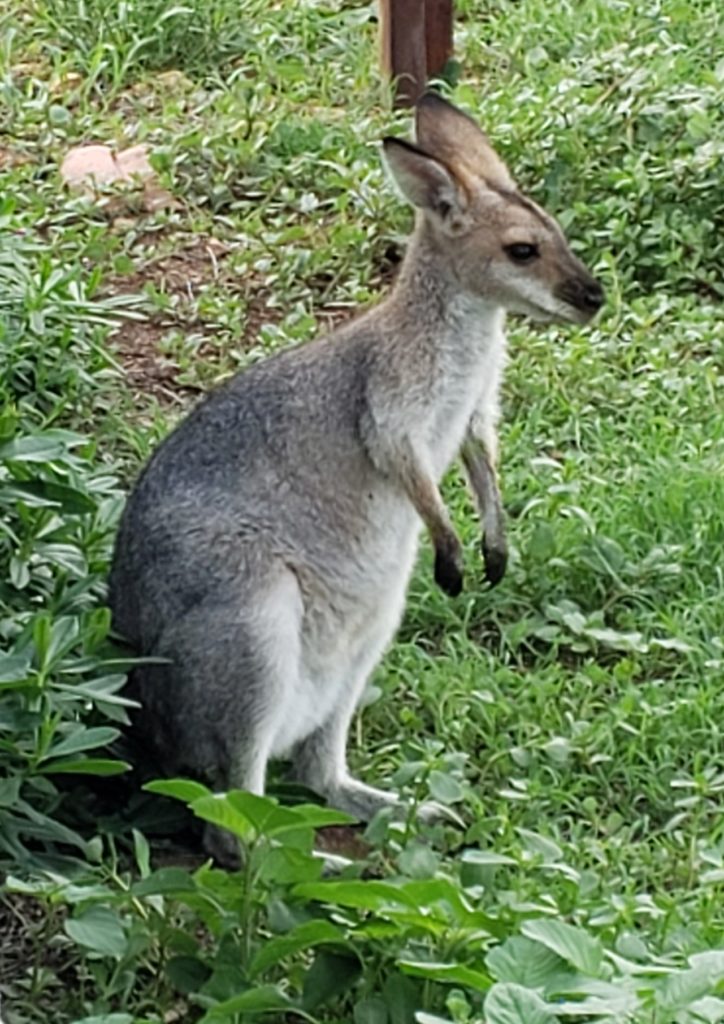
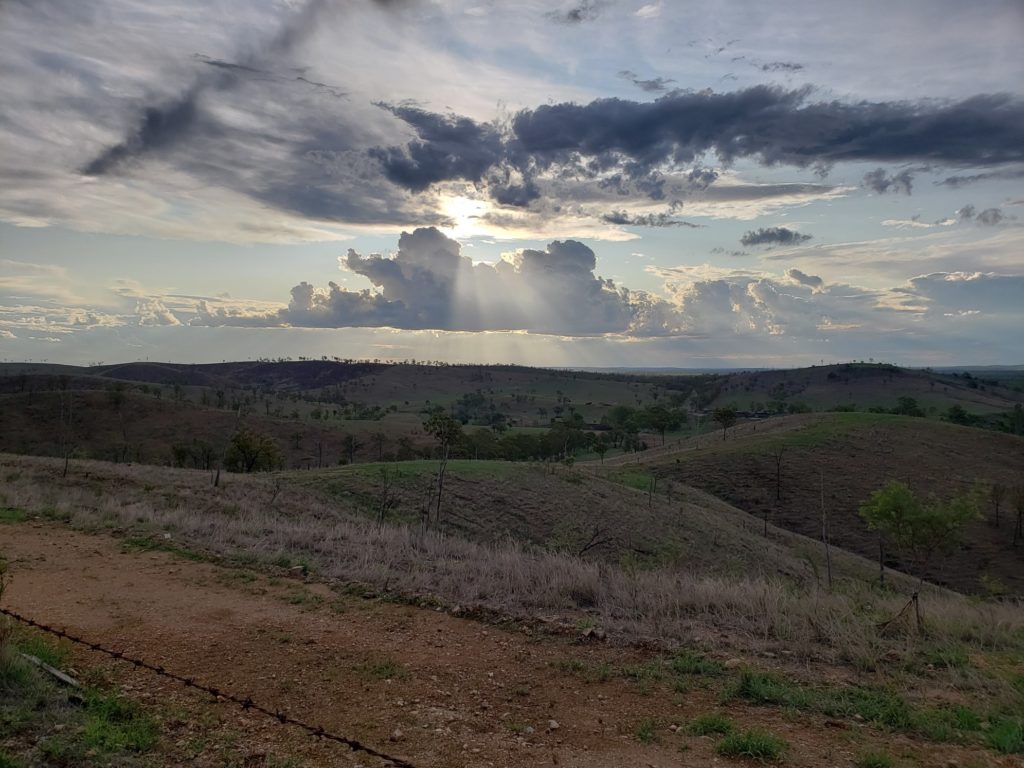

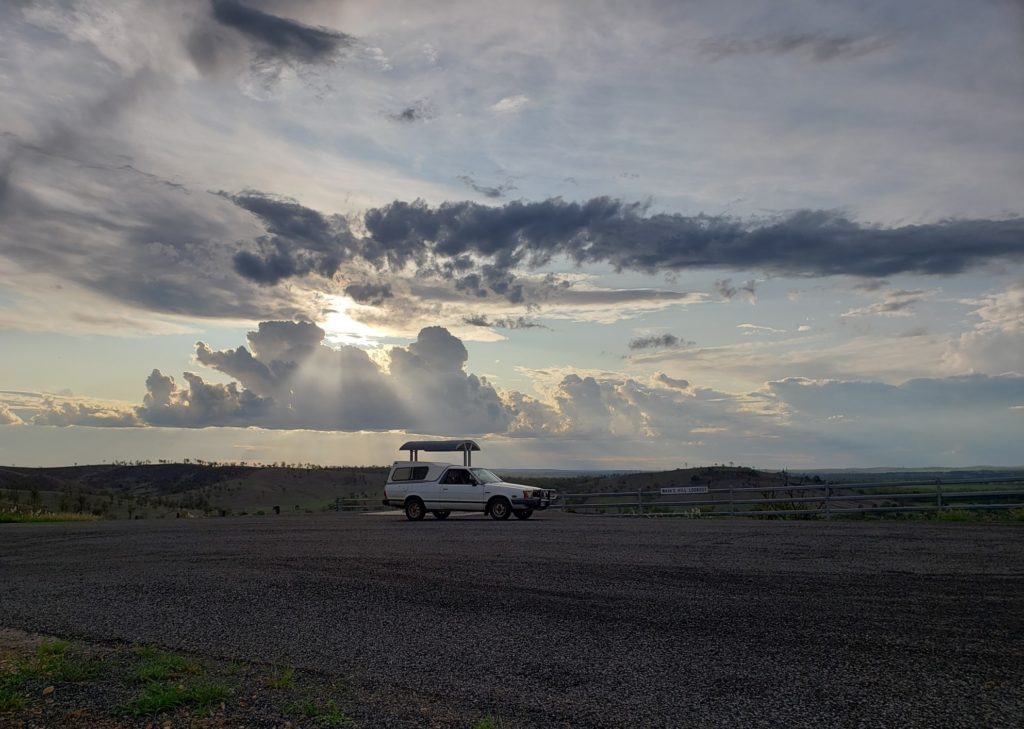
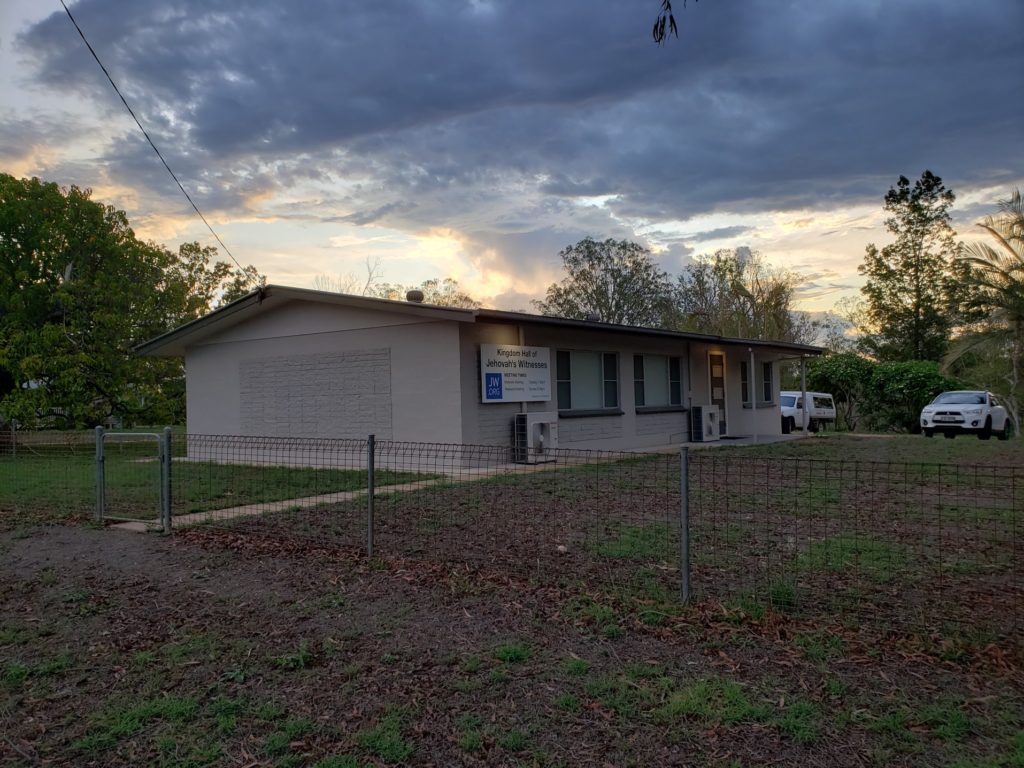
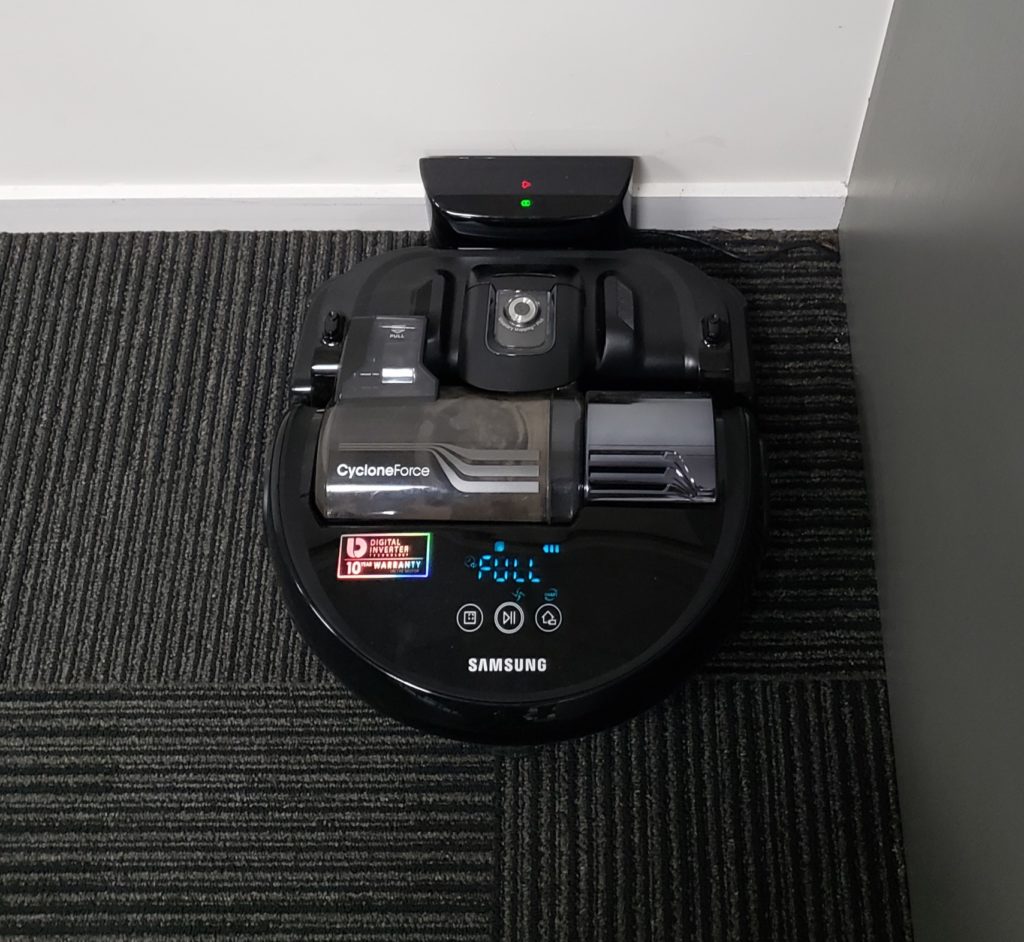
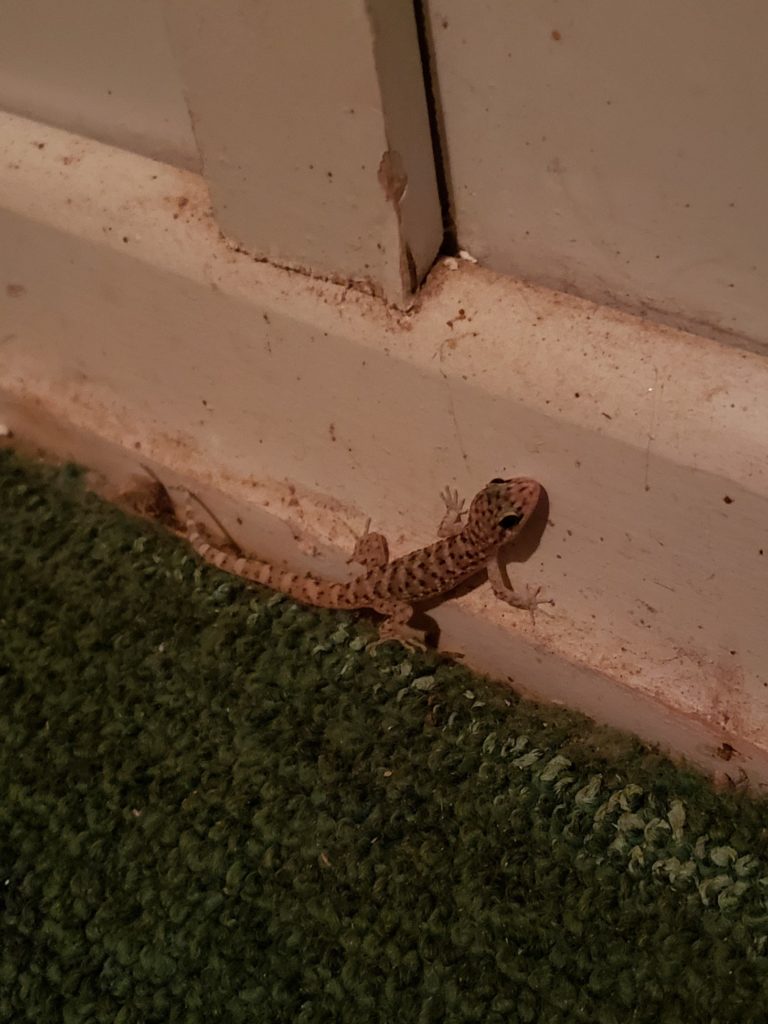
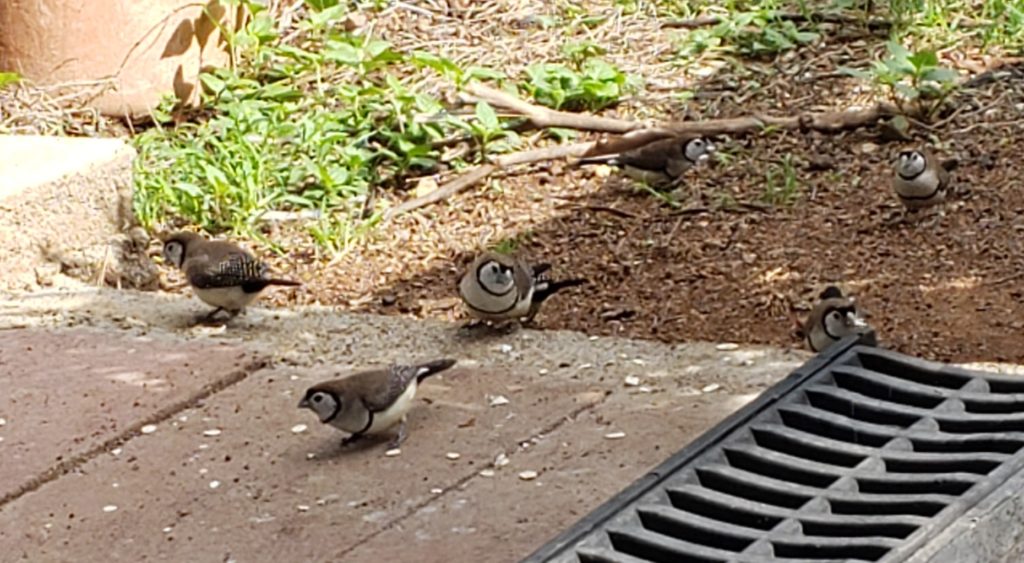
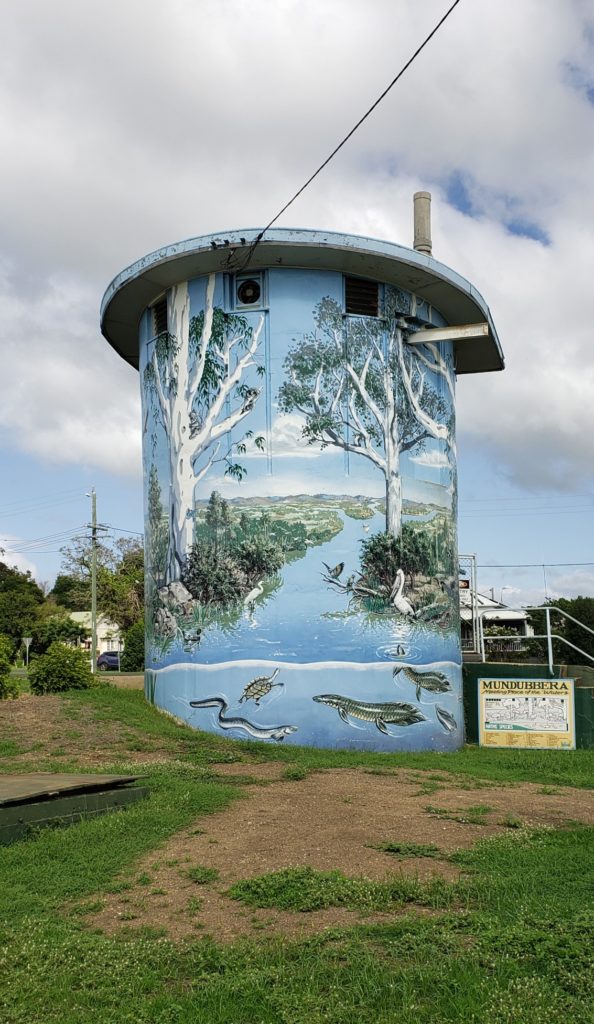
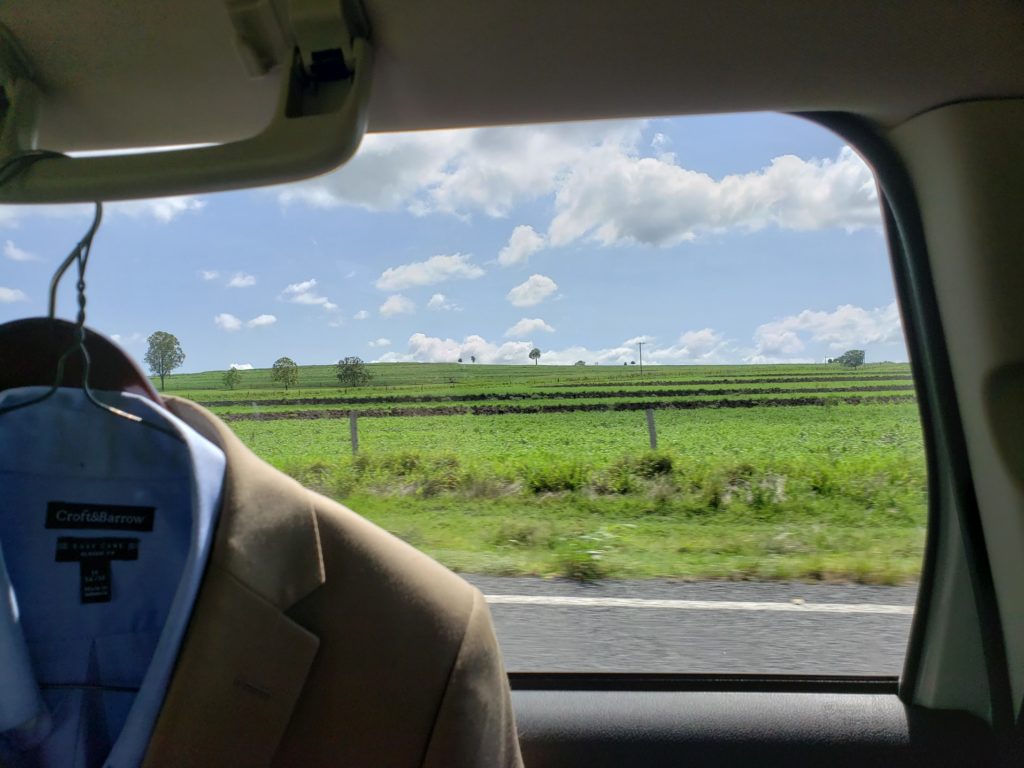

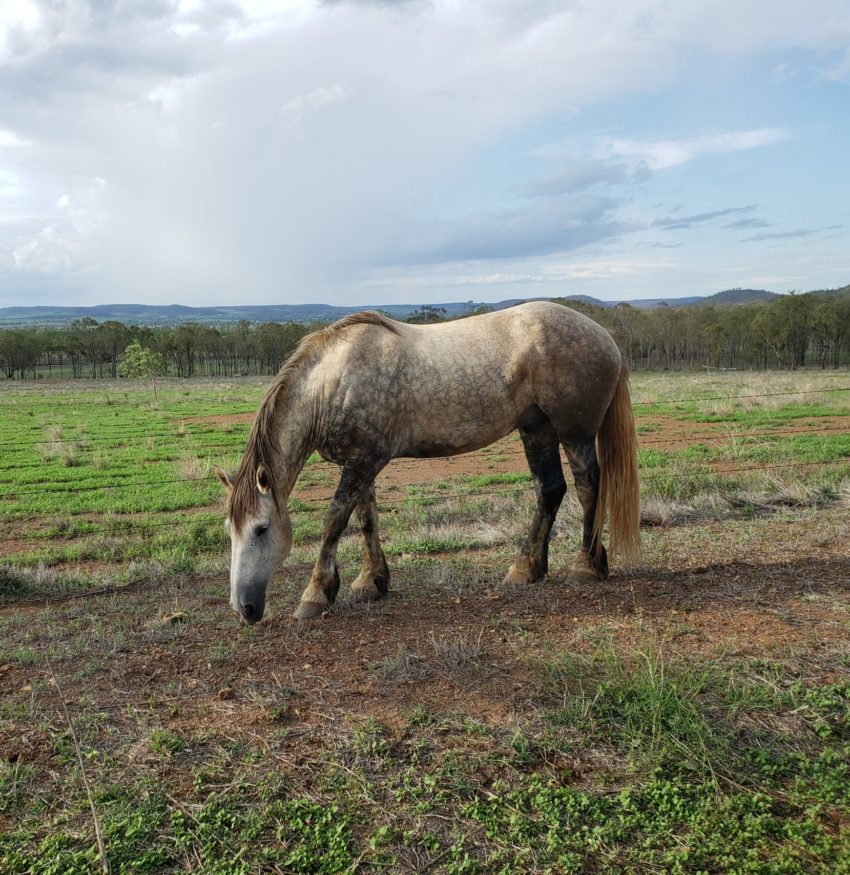
Wow, what a concept with that many talks in one day! Pretty incredible!! Good for you reaching out for that priceless experience! Funny how ever since you’ve landed in Australia, bugs have been your nemesis!!